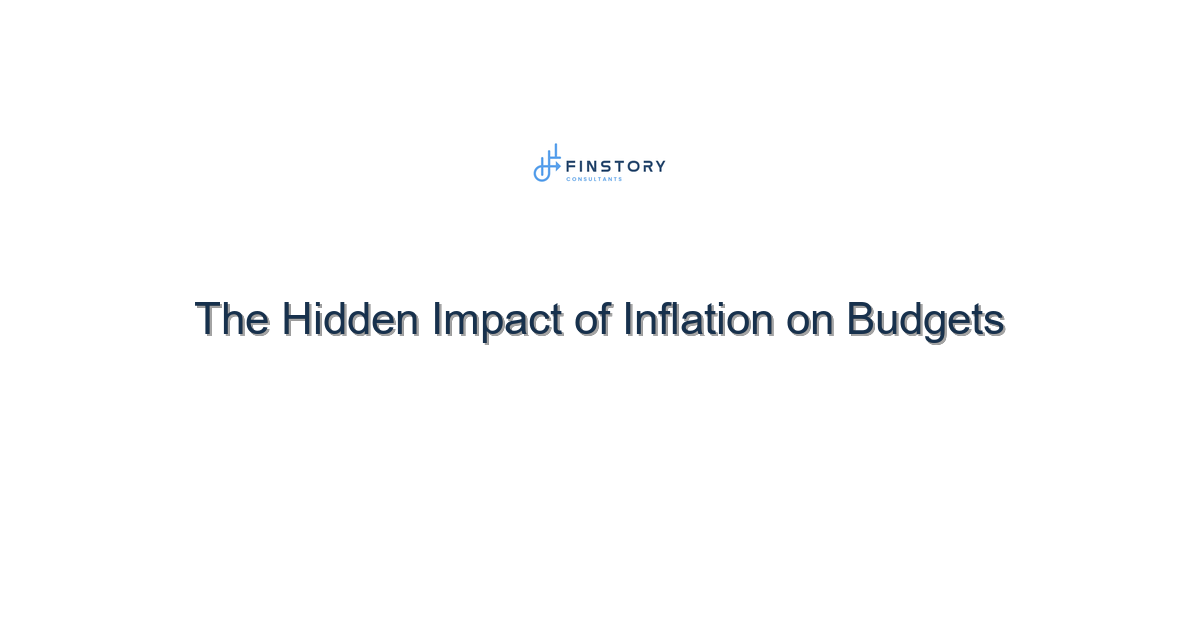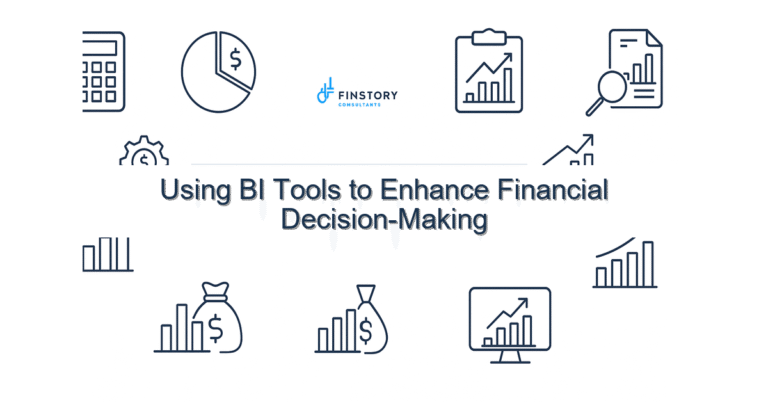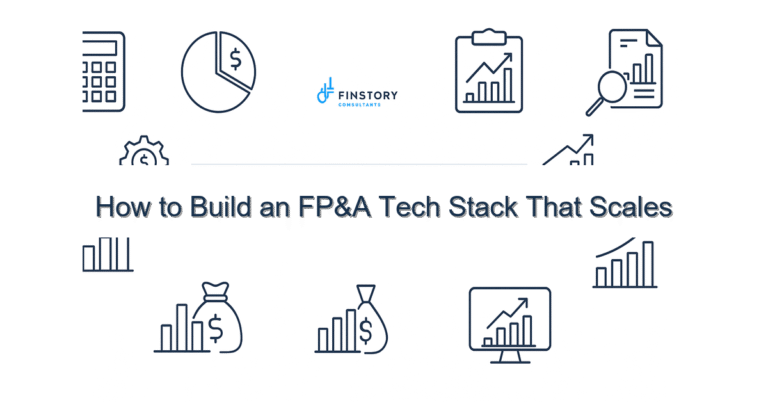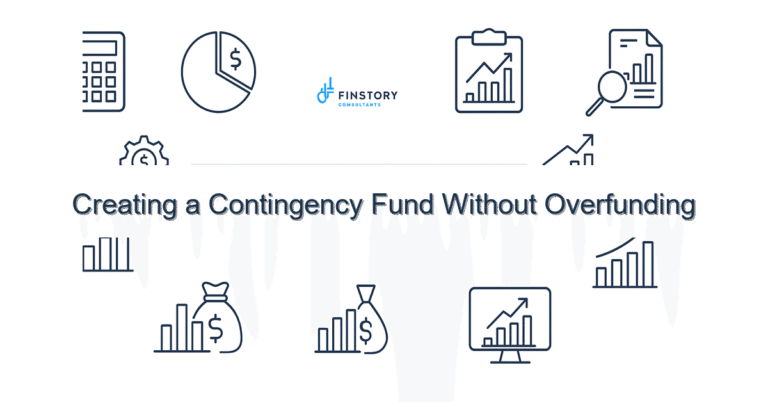The Hidden Impact of Inflation on Budgets
Inflation is more than just a headline; it’s a threat that can quietly erode your healthcare budget. Leaders who overlook its impact risk missing key financial targets and slowing operational approvals. Now is the time to act.
Summary: Inflation influences your budget far beyond mere numbers. Understanding its nuances can empower you to make informed decisions and maintain financial stability.
What’s the real problem?
Inflation affects your bottom line in ways you might not expect. Many leaders feel caught off guard as pricing increases lead to budget overruns. Without a keen understanding of inflation’s ripple effect, you risk misallocating resources and hinder service delivery.
- Missed financial targets due to unexpected cost increases.
- Delayed approvals for new projects or initiatives.
- Increased employee turnover from budget cuts affecting morale.
- Difficulty planning for the future, resulting in reactive rather than proactive decision-making.
What leaders get wrong
One common misstep is assuming inflation merely means higher costs. This narrow view can result in inadequate budgeting and financial strain. Additionally, some leaders underestimate the importance of scenario planning, thinking it’s unnecessary until budgets are strained. Ignoring these aspects leaves room for avoidable surprises.
A better approach
Taking a proactive approach enables leaders to manage their budgets more effectively in today’s inflationary climate. Here’s a simple framework to consider:
- Forecast inflation’s impact: Use historical data and industry trends to estimate future increases.
- Prioritize spending: Identify essential services and allocate funds accordingly.
- Engage your teams: Get input from department heads to align forecasts with operational realities.
- Review regularly: Set monthly reviews to adjust forecasts and budgets as needed.
- Leverage technology: Utilize finance automation and business intelligence tools like Power BI for real-time insights.
For instance, a mid-sized hospital implemented this framework and managed to reduce unnecessary spending by 15% over six months, proving how informed decision-making can restore budget stability.
Implementation checklist
- Assess current spending trends in each department.
- Gather input from department heads on essential services.
- Use finance automation to streamline data analysis.
- Establish a budget review schedule.
- Utilize Power BI to create visualized forecasts.
- Train your team on new processes and tools.
- Communicate openly about budget adjustments.
- Monitor staff morale, especially in response to budget changes.
- Document lessons learned for future reference.
What good looks like
- Improved accuracy in budget forecasts (e.g., accuracy of 90%+).
- Reduced cycle time for approvals (e.g., 20% quicker decision-making).
- Quantifiable ROI from smart spending decisions.
- Enhanced employee engagement scores.
Risks & how to de-risk
- Budget cuts leading to morale issues: Mitigate by prioritizing employee communication and support.
- Inaccurate forecasts: Use diverse data sources and a collaborative approach to improve reliability.
- Resistance to change: Engage stakeholders early in the process to foster buy-in.
Tools & data
Utilizing tools for finance automation can significantly enhance your budgeting process. Consider integrating Power BI for compelling visual leadership reporting, making it easier to track budgets and KPIs in real-time. This not only saves time but also provides a clearer insight into the financial landscape.
Next steps
Work with Finstory. If you want this done right—tailored to your operations—we’ll map the process, stand up the dashboards, and train your team. Let’s talk about your goals.
📞 Ready to take the next step?
Book a 20-min call with our experts and see how we can help your team move faster.
Prefer email or phone? Write to info@finstory.net
or call +91 44-45811170.






